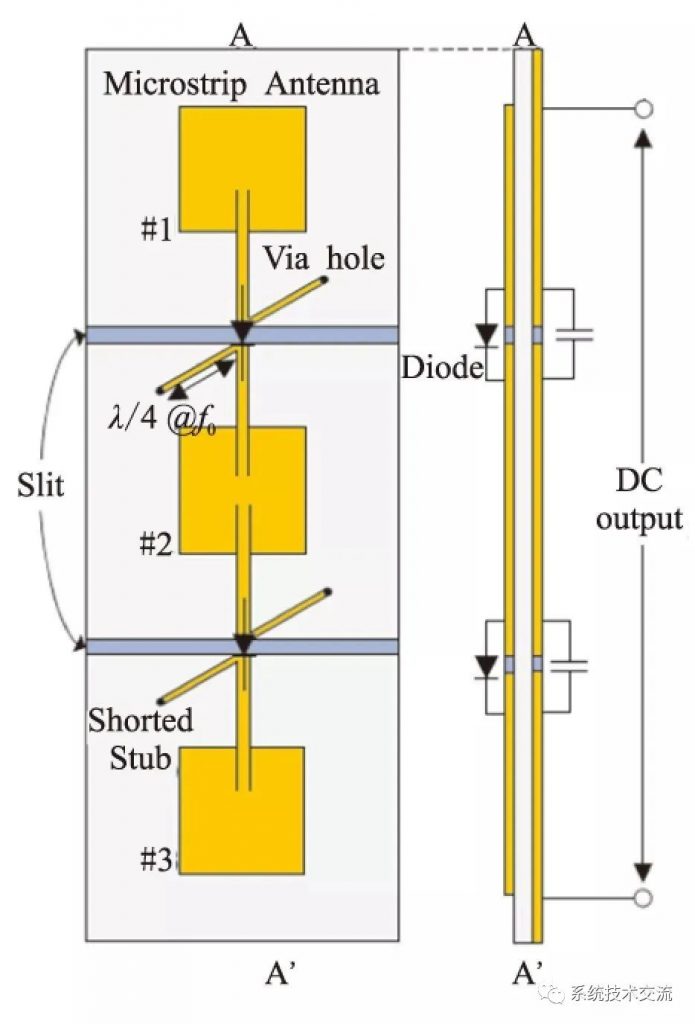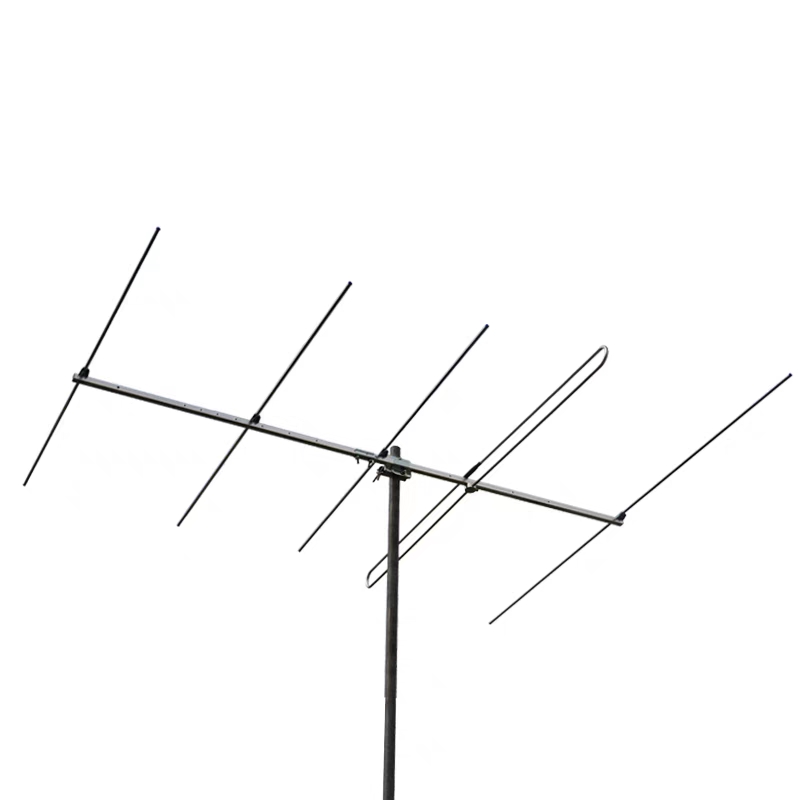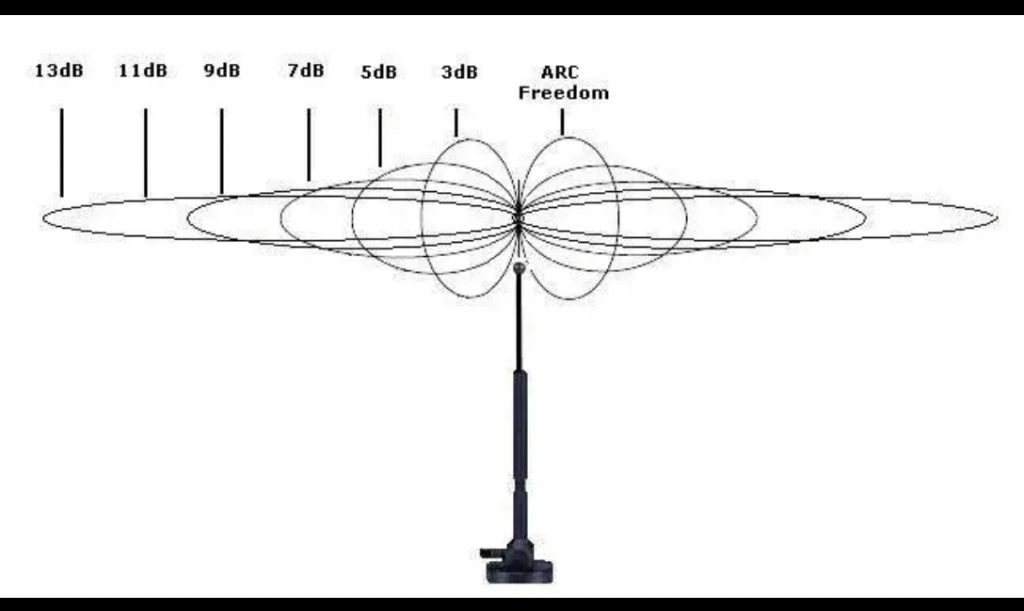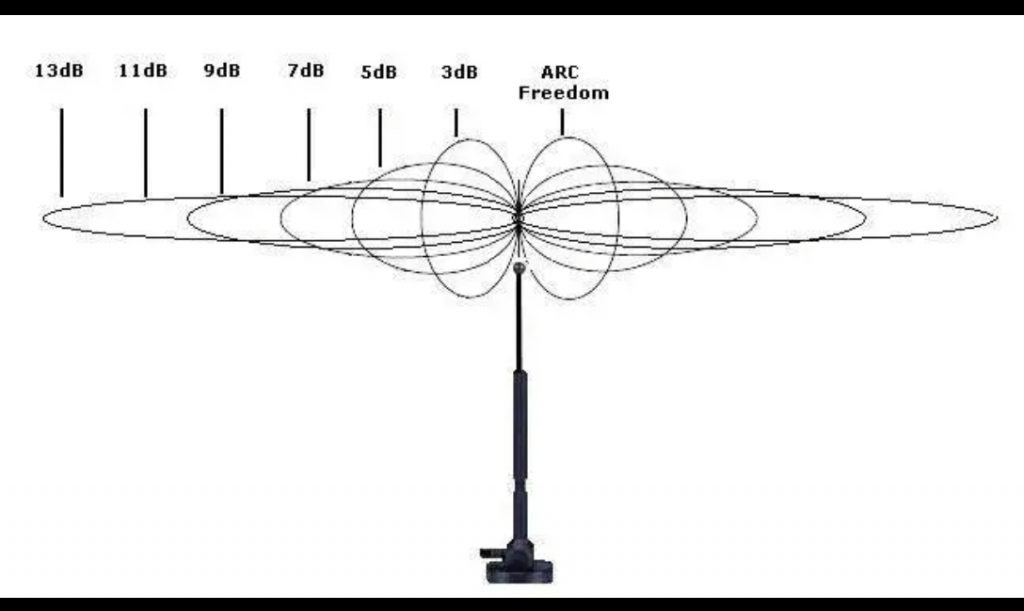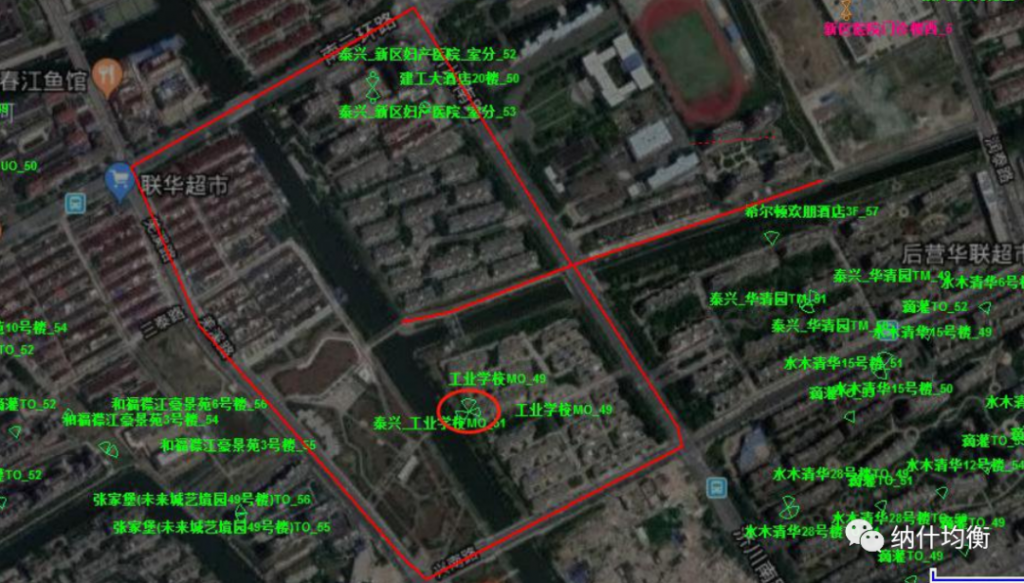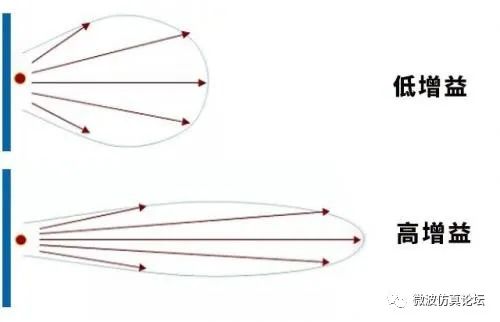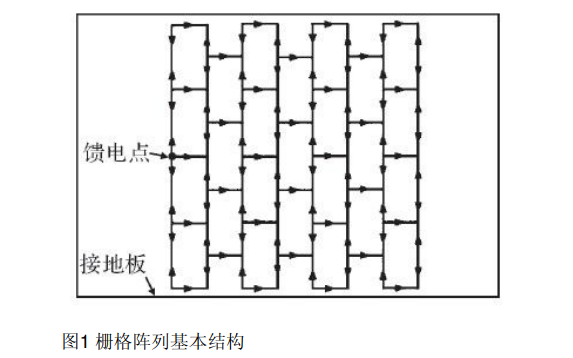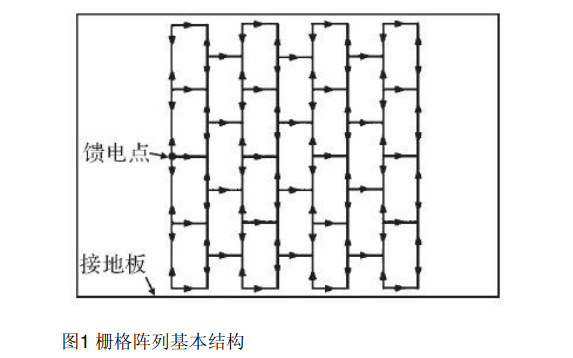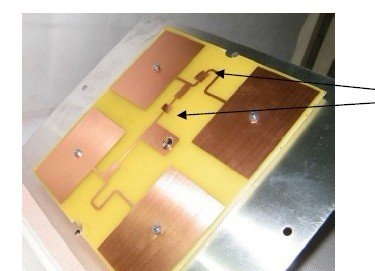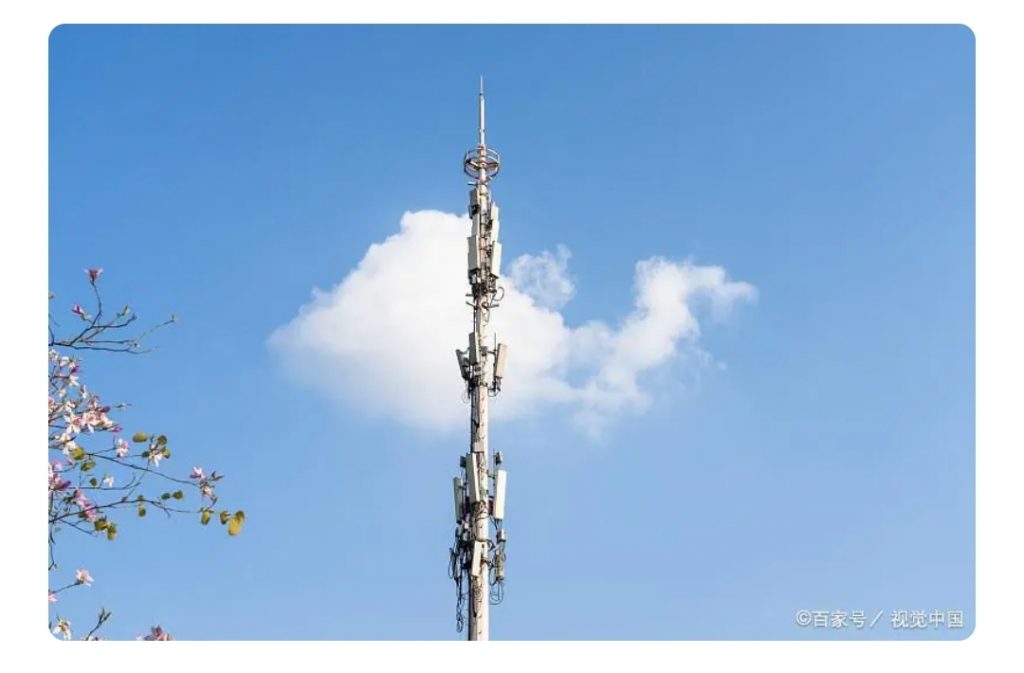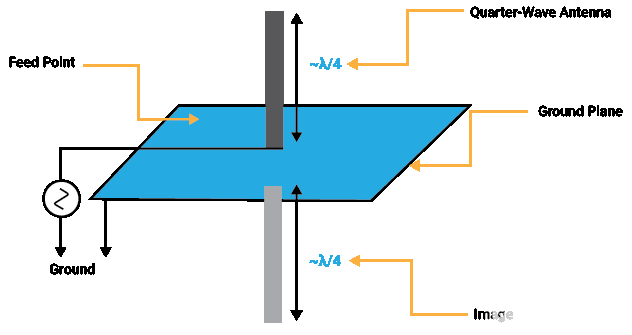Antenna Size and Frequency
The relationship between the size of the general designed antenna and the operating frequency of the antenna is:
Antenna length = C/(2f)
Where C represents the speed of light, and f represents the operating frequency of the antenna.
Antenna operating frequency refers to the resonant frequency, or center frequency, of the antenna. Each antenna has a certain frequency range, which is called bandwidth. In this range, the antenna impedance is the smallest and the efficiency is the highest. The best point in the middle of this range is the center frequency, the standing wave ratio is the smallest, the power consumption is the smallest, and the signal is the strongest.
“The optimal length of an antenna has a fixed relationship to the wavelength”
parabolic antenna
Structurally, the parabolic antenna is composed of an illuminator and a reflector.
The illuminator is served by some weak directional antennas, such as short electrically symmetrical dipole antennas and horn antennas.
Function: Convert high-frequency current into electromagnetic waves and project them onto the paraboloid.
The reflective surface is generally made of aluminum alloy plate with good conductivity, with a thickness of 1.5-3mm, or the main paraboloid is made of glass fiber reinforced plastic, and a metal mesh is pasted inside.
Determination of Half Power Lobe Width of Parabolic Antenna
The wider the main lobe of the illuminator pattern, the smaller the orifice area.
Formula 1: Antenna Wavewidth Formula
k is a parameter, and the value range is (65-80). k=70 under the best irradiation conditions.
Equation 2: Antenna Gain Equation
Formula 3: Antenna aperture size and area formula
Combining the two formulas, it can be concluded that:
When the wavelength is determined, according to formula 2, the larger the effective area, the larger the gain.
From Formula 1, the larger the aperture (that is, the larger the effective area, from Formula 3), the narrower the beam.
Therefore, when the wavelength is determined, we calculate the required aperture from the required gain (according to formulas 2 and 3), and the beam width can be determined by formula 1.
For example calculation, take L-band 1670MHz, we can know that the wavelength is (c/1670MHz)=0.03227m. The wavelength is determined!
According to formula 2, to achieve a gain of 14dBi, the effective area should be 0.065 square meters.
From formula 3, when the antenna efficiency is known to be 0.5, the aperture is calculated to be 0.405m.
From formula 1, the parameter k is known to be 70, and the aperture and wavelength are substituted in, and the antenna power lobe width (theta twice) is 31.027 degrees.
Furthermore, combining formula 123, it is found that the beam width is only determined by the gain! as follows:
Therefore: if the aperture is artificially increased, the beam width can be reduced, but at the same time it will inevitably cause the increase of G, which finally confirms the above formula: the gain is inversely proportional to the beam width.


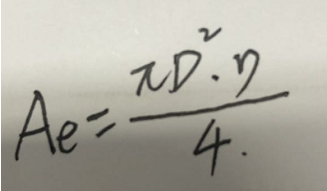
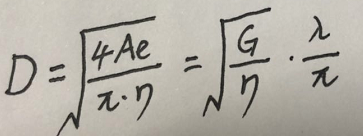
Furthermore, combining formula 123, it is found that the beam width is only determined by the gain!


